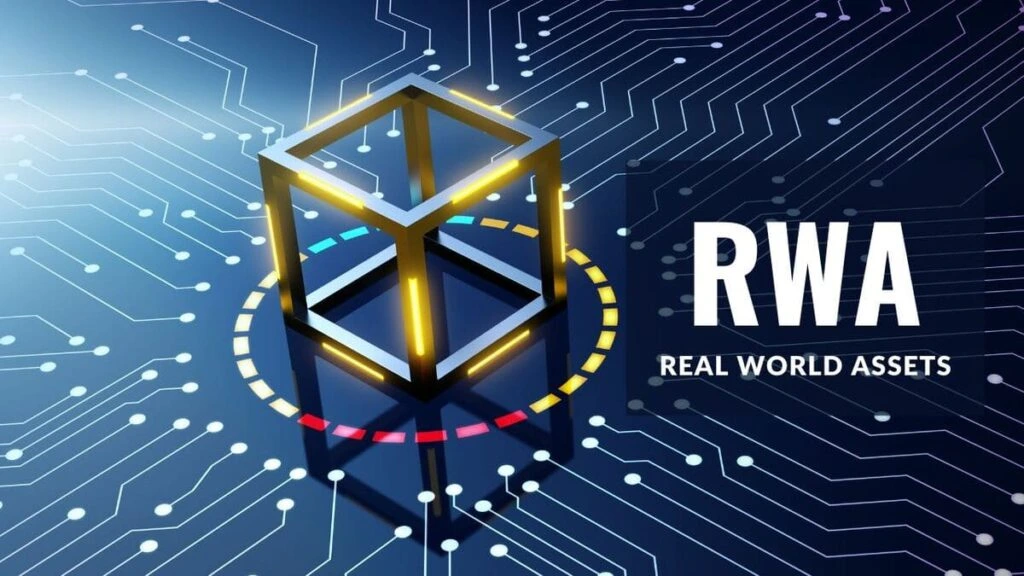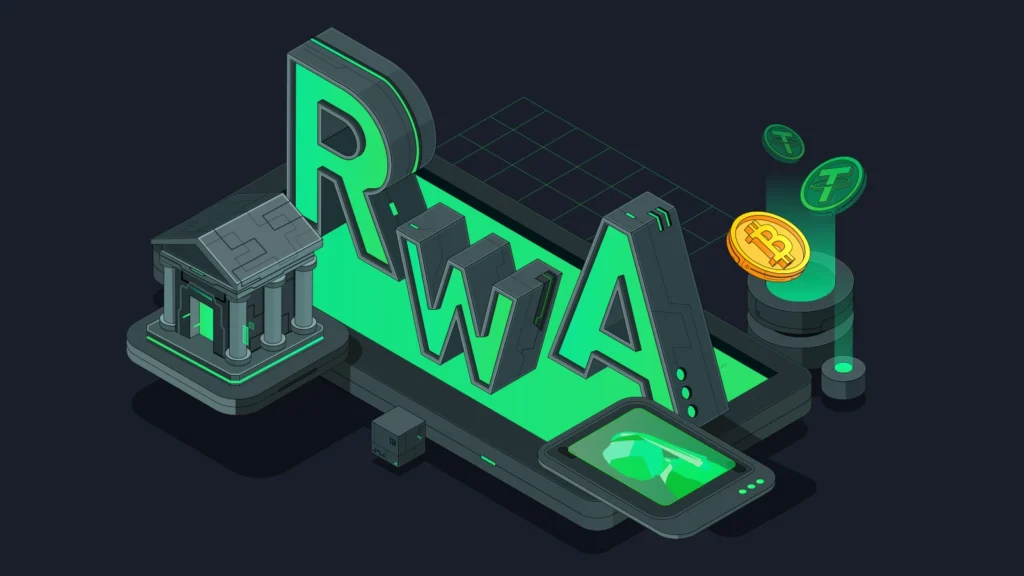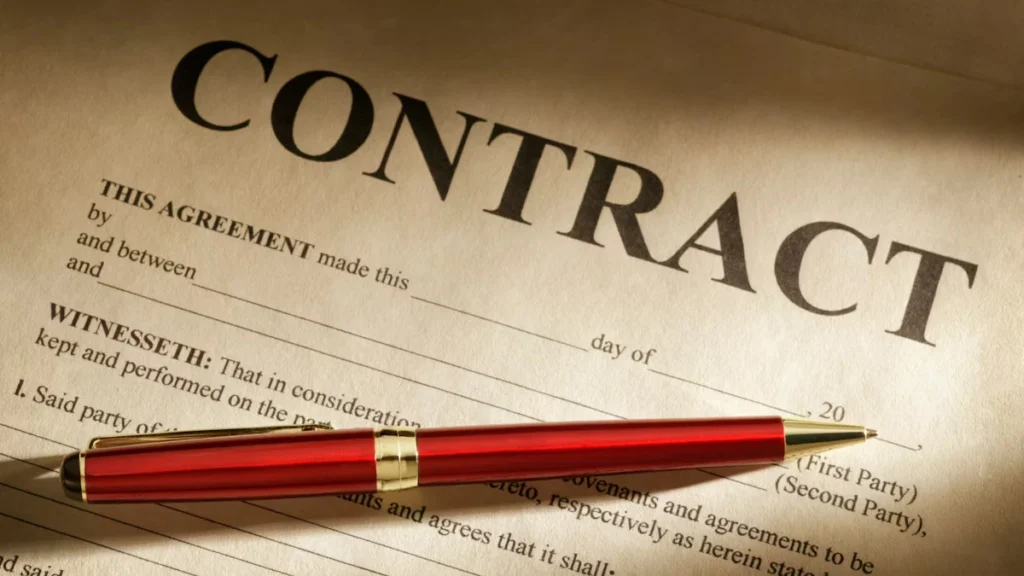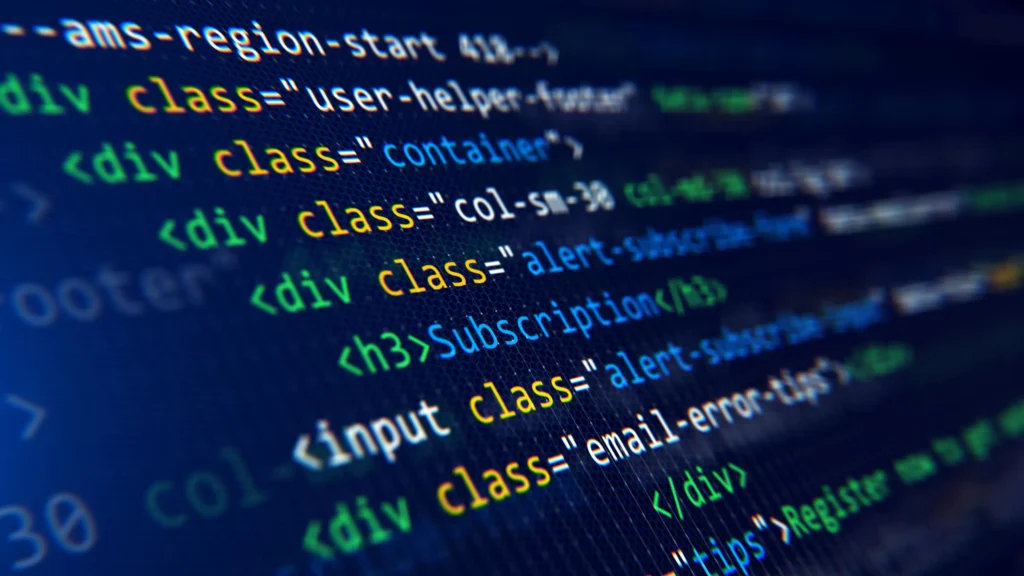5 Myths About Corporate RWA—And the Surprising Truth Behind Them
September 30, 2024

Corporate RWA sounds like something you’d hear at a fintech conference and immediately forget. But if you think it’s just another passing trend in the crypto world, it’s time to take a closer look. There’s real innovation happening here—and it’s not just for the blockchain-obsessed.
Let’s bust some of the biggest myths surrounding corporate Real-World Assets (RWA) and why they might just be the future of how businesses raise capital.


Myth #1: “Corporate RWA is just a crypto gimmick.”
Reality: RWA connects blockchain to real, tangible assets.
RWA stands for Real-World Assets—things like buildings, equipment, accounts receivable. You know, actual stuff. And corporate RWA refers to how companies (not just individuals) are now tokenizing these assets—turning them into digital tokens that can be traded, used as collateral, or leveraged for funding.
This isn’t about memes or monkey JPEGs. It’s about turning business assets into productive, liquid instruments.


Myth #2: “Why bother when we already have banks?”
Reality: Traditional financing is slow and rigid—RWA offers speed and flexibility.
Say a logistics company is waiting on millions in unpaid invoices. Normally, they’d have to factor those invoices or take out a loan—both slow, bureaucratic processes.
With corporate RWA, they can tokenize those invoices, post them on-chain, and raise capital from global investors within hours—not weeks. Smart contracts handle repayment terms transparently, and investors get real-time visibility.
This isn’t theoretical—it’s already happening.


Myth #3: “Only tech companies are doing this.”
Reality: A growing range of industries are jumping in.
Early adopters of corporate RWA include:
- Real estate developers tokenizing properties for fractional sales or to fund new builds
- Manufacturers using machinery or inventory as blockchain-based collateral
- Fintech firms turning their loan books into on-chain investment portfolios
These are capital-heavy industries where liquidity matters—and they’re embracing RWA because traditional finance just isn’t cutting it anymore.
Myth #4: “It must be totally secure if it’s on the blockchain.”
Reality: It’s still risky—and companies need to tread carefully.
Let’s be clear: corporate RWA isn’t a magic wand. Risks include:
- Asset volatility – If the real-world asset tanks, the token does too.
- Legal ambiguity – Does the token really represent ownership? Depends on the jurisdiction.
- Tech vulnerabilities – Bugs, hacks, and immature token standards are still very real concerns.
And then there’s regulation—some regions are embracing tokenized finance, others are busy putting up roadblocks. So yes, this space is promising, but it’s not plug-and-play.


Myth #5: “It’s too early to care about RWA.”
Reality: Early movers are already gaining an edge.
Sure, we’re still in the early days—but ignoring corporate RWA now is like ignoring e-commerce in 2001. The infrastructure is being laid. The use cases are growing. And the companies that get it right are already gaining faster access to capital.
It’s not about jumping in blindly—it’s about preparing, experimenting, and understanding what’s coming.
Bottom Line: Don’t Write Off Corporate RWA
This isn’t some hyped-up crypto narrative. Corporate RWA is a real-world innovation that’s giving businesses a new financial lever—a way to make stuck capital move, often without the slow grind of traditional finance.
No, it’s not perfect. Yes, there are risks. But for companies willing to explore it smartly, RWA could be a game-changer—a new lane in the capital markets highway that’s open, fast, and increasingly global.
So the next time someone says “RWA,” don’t roll your eyes. Ask them which assets they’re unlocking. Because the real revolution in finance? It’s already quietly underway.
Relevant Link : Here

